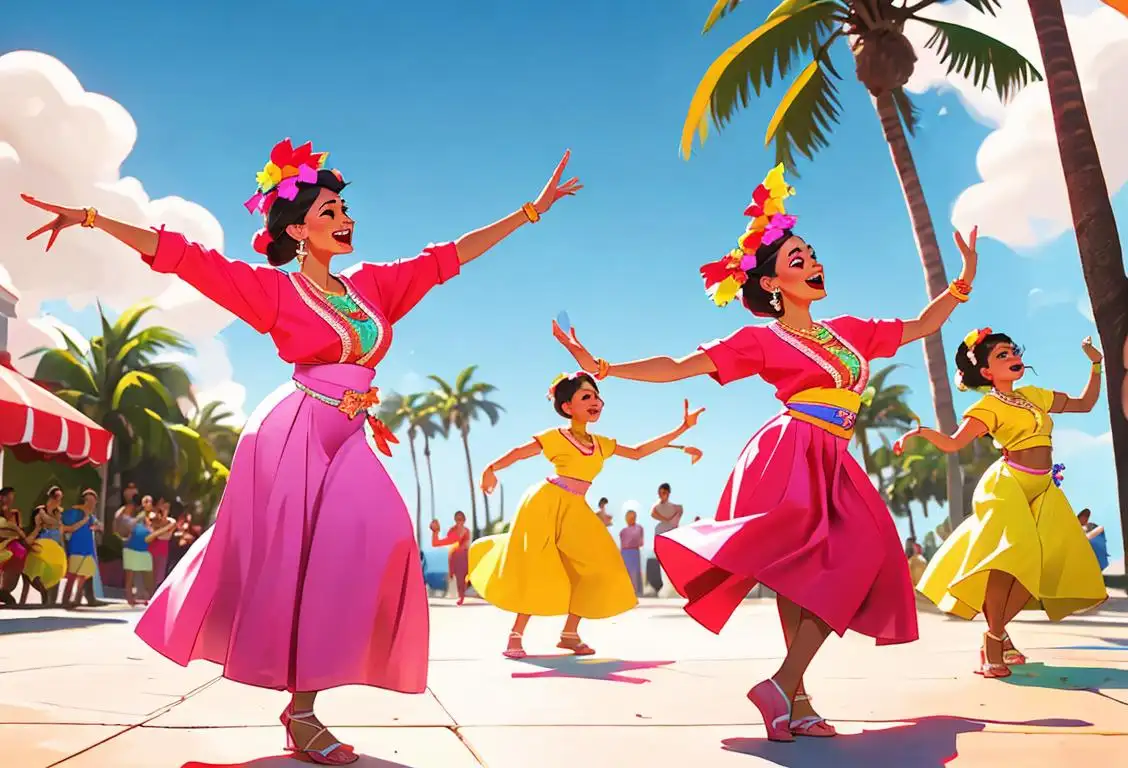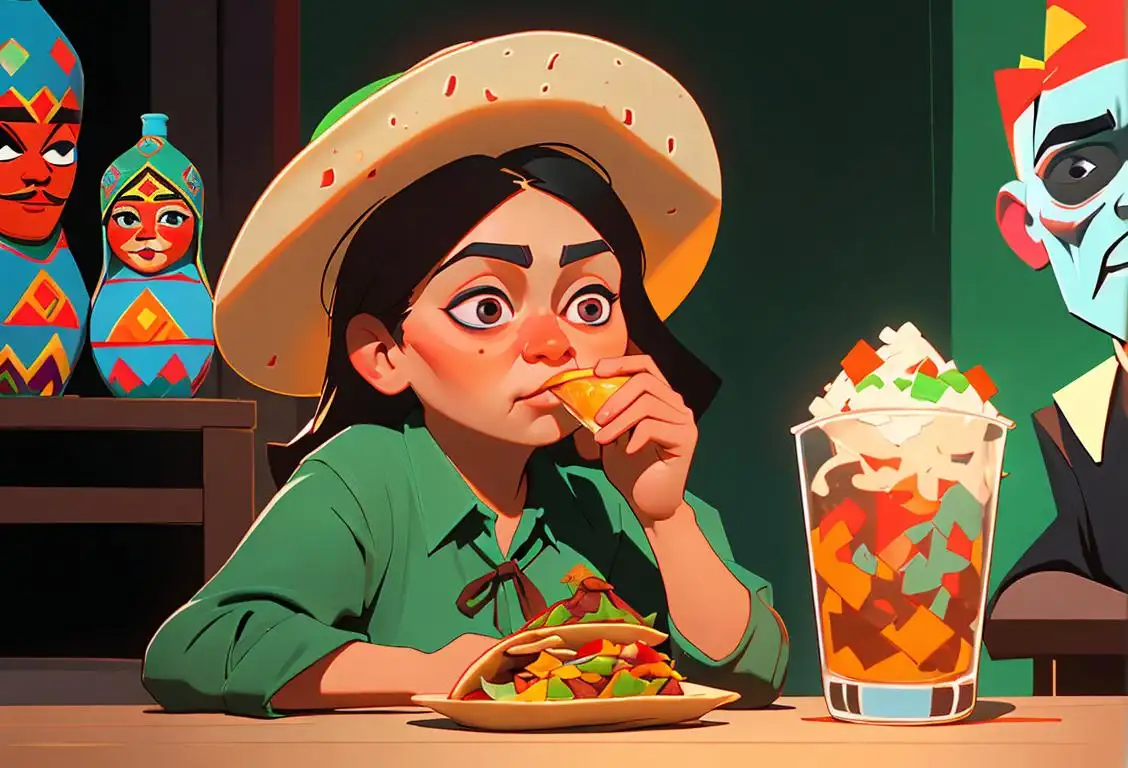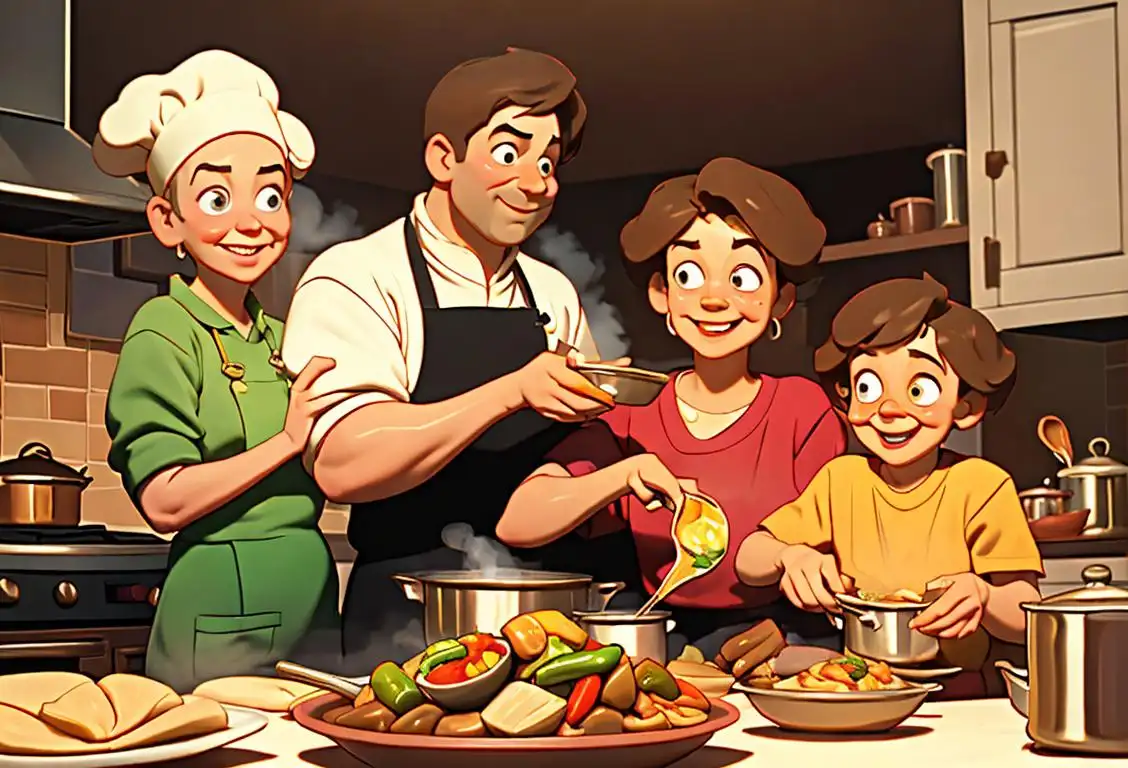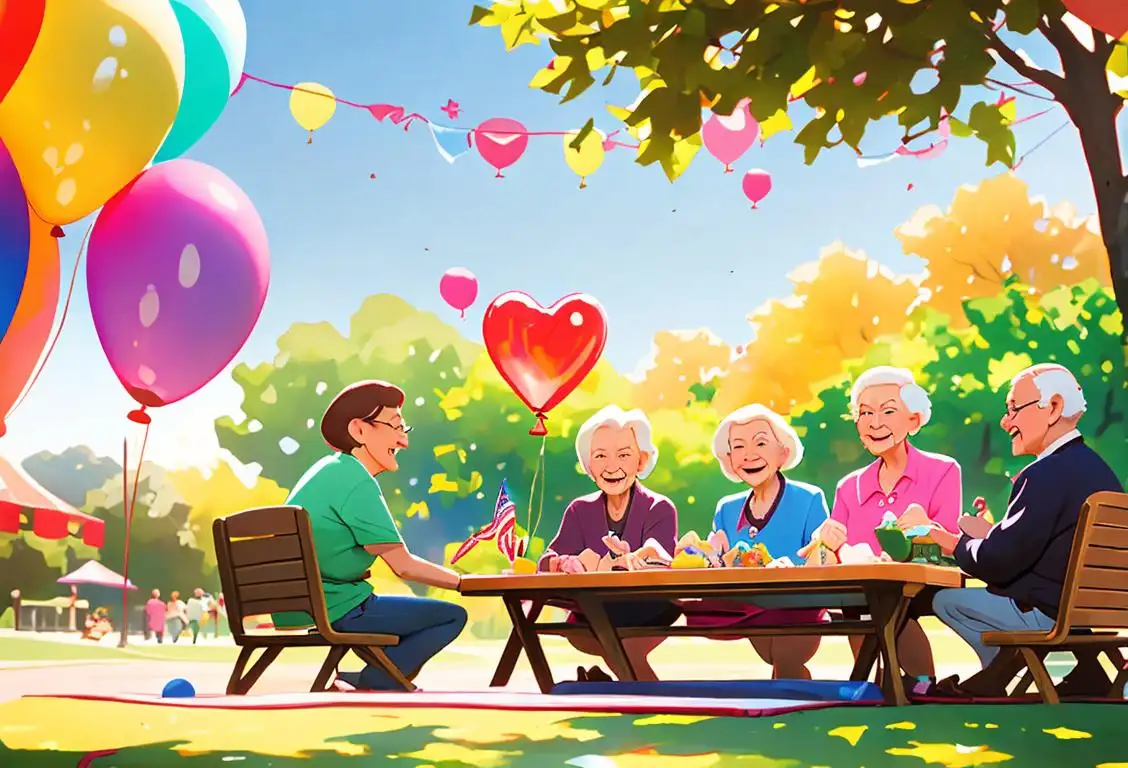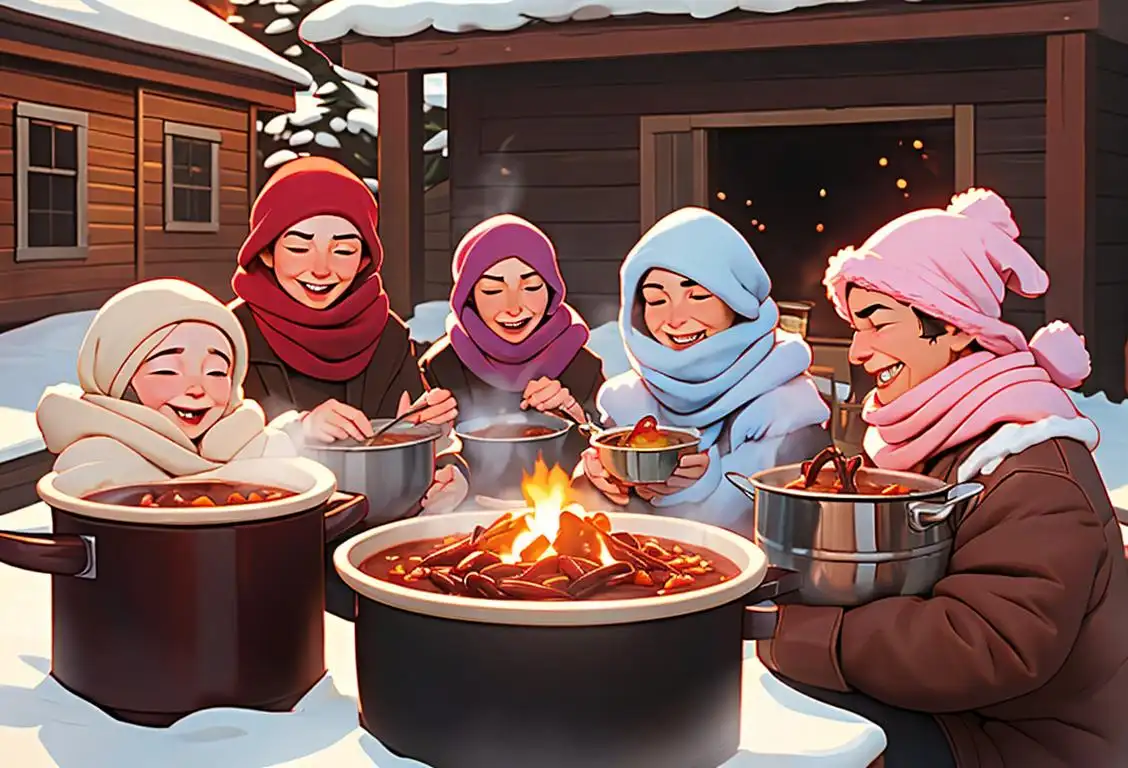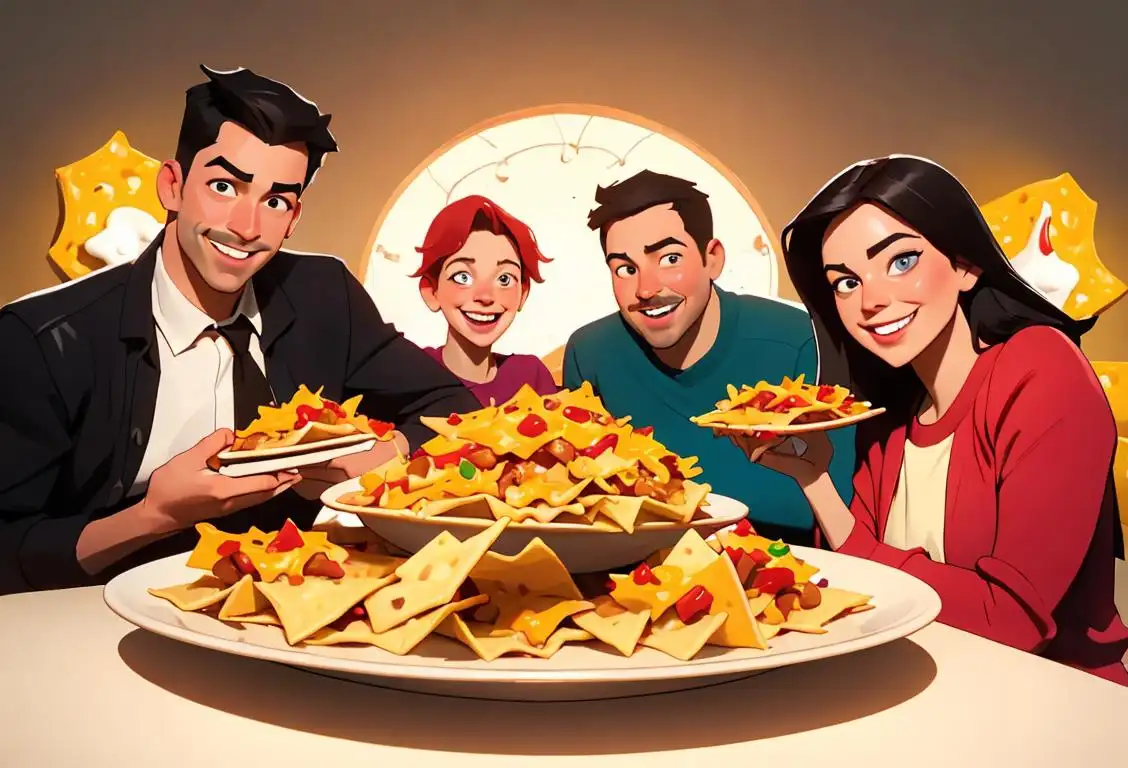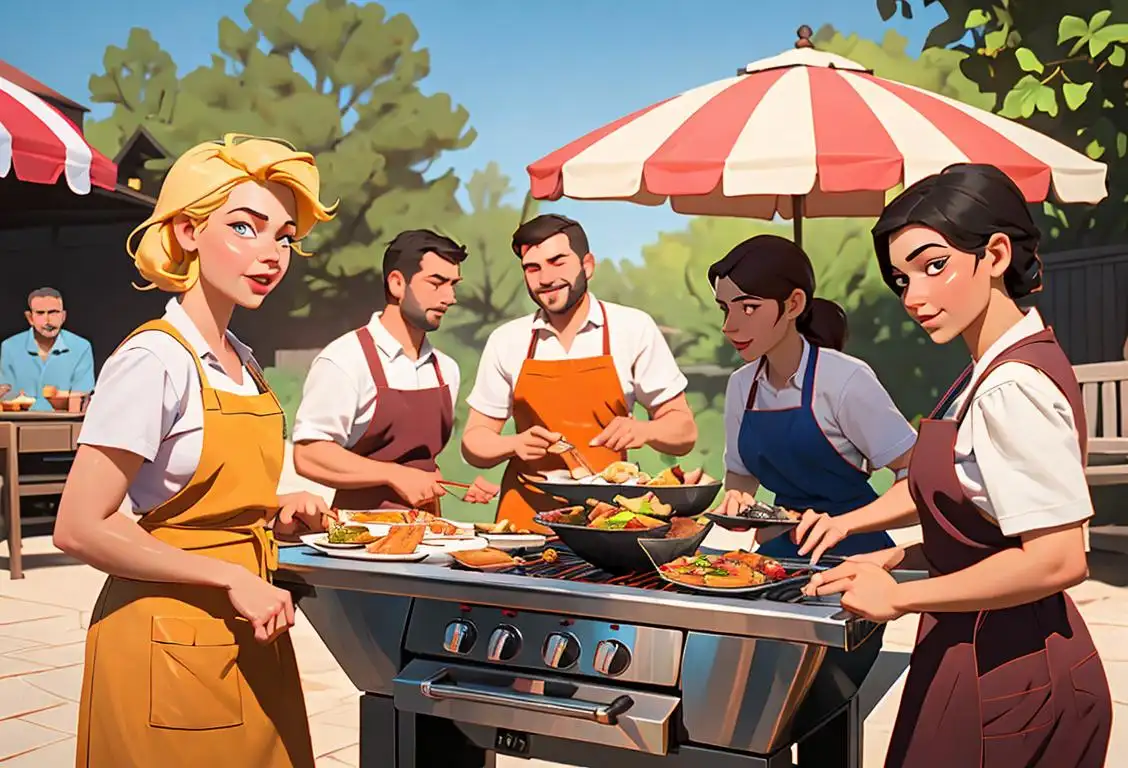National Romania Day
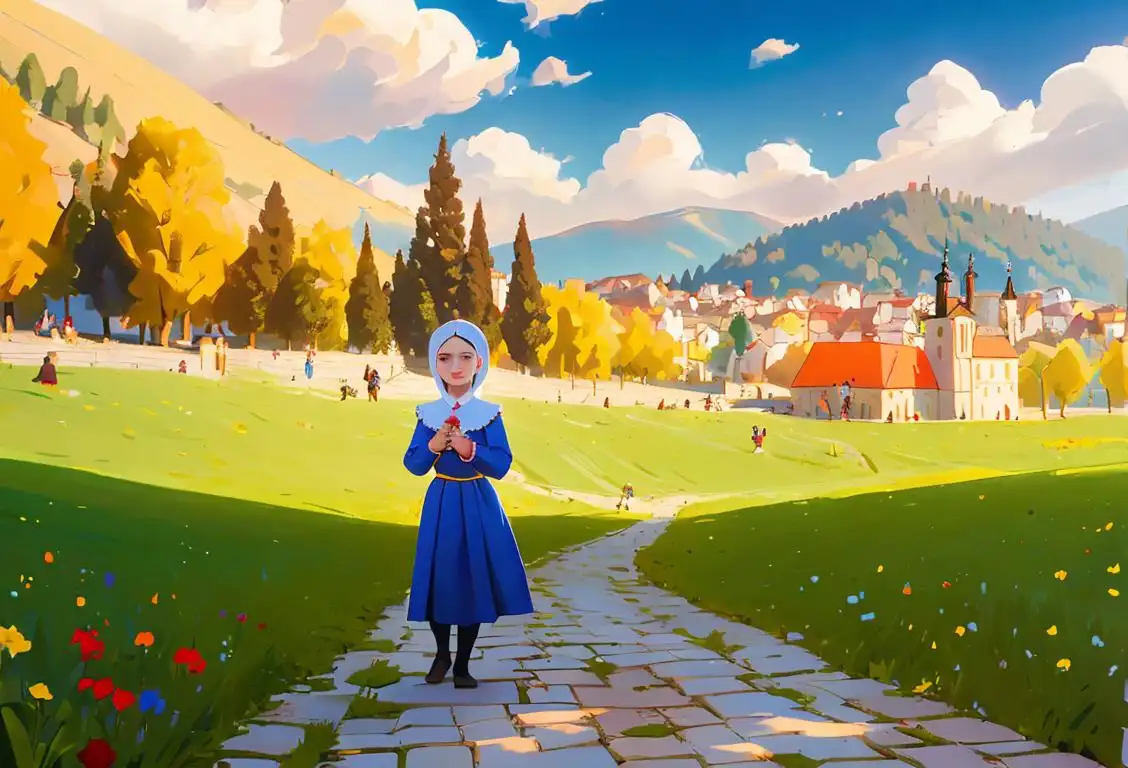
Hey there! Get ready to celebrate National Romania Day, where we honor the wonderful country of Romania. From its rich history to its vibrant culture, there's so much to learn and appreciate about this fascinating nation. So, grab a cup of Romanian coffee and let's dive in!
When is Romania Day?
It's national romania day on the 1st December.
The History of National Romania Day
On December 1st, Romania proudly celebrates its National Day or Ziua Națională a României. This special day commemorates the unification of Transylvania, Bessarabia, and Bukovina with the Romanian Kingdom in 1918. It represents the birth of modern Romania as we know it today.
This historical event was a significant milestone in Romania's journey towards independence. The country's dream of unity became a reality, and its people came together to embrace a shared vision for their nation.
How to Celebrate National Romania Day
Celebrations on National Romania Day are filled with joy, pride, and a sense of unity. Romanians honor their country by participating in parades, concerts, and cultural events held throughout the nation. Traditional Romanian food, such as sarmale (stuffed cabbage rolls) and mămăligă (a cornmeal dish), takes center stage on the dining table.
Gather your loved ones, indulge in some delicious Romanian cuisine, and explore the country's rich cultural heritage. You can also show your support for Romania by wearing its national colors, blue, yellow, and red.
Fun Fact:
Did you know that Romania is home to one of the most haunted castles in the world? Bran Castle, commonly known as Dracula's Castle, attracts tourists from all over the globe. Whether you believe in vampires or not, exploring this eerie fortress is sure to give you chills!
History behind the term 'Romania'
c. 200 AD
The Origin of Dacia
The term 'Romania' traces its roots back to the ancient region of Dacia, which encompassed parts of present-day Romania, Moldova, and Bulgaria. The Dacians, an Indo-European Thracian people, inhabited this region around the 2nd century AD.
271 AD
Roman Conquest
In 271 AD, the Roman Empire conquered Dacia, incorporating it as a province. The Romans named this new region 'Romania', meaning 'land of the Romans'. With the influx of Roman culture and administration, the term gained prominence in the region's history.
7th century AD
Slavic Influence
During the 7th century AD, various Slavic tribes migrated into the region of Romania and settled alongside the local Dacian and Roman inhabitants. This led to the synthesis of cultures and languages, contributing to the diversity of the region.
13th century AD
The Golden Age of Transylvania
Transylvania, a historical region within present-day Romania, witnessed its 'Golden Age' during the 13th century. A Hungarian majority ruled the region, yet it developed as a multi-ethnic and multi-religious society, fostering trade and cultural exchange.
1859 AD
The Union of Moldavia and Wallachia
In 1859, the principalities of Moldavia and Wallachia united to form a single state under the name of Romania. This moment marked a significant step towards the establishment of a unified Romanian nation and the eventual independence from the Ottoman Empire.
1918 AD
Greater Romania
Following World War I, Romania experienced territorial expansion and the union of regions inhabited by Romanians. The newly expanded territory became known as 'Greater Romania', encompassing the core of modern-day Romania, as well as parts of Moldova, Ukraine, and Hungary.
1989 AD
Fall of Communism
Romania emerged from decades of communist rule in 1989 when Nicolae Ceaușescu's regime was overthrown. This ushered in a period of political and societal transformation, paving the way for Romania's integration into the European Union in 2007.
Did you know?
Fun Fact: Did you know that Romania is home to one of the most haunted castles in the world? Bran Castle, commonly known as Dracula's Castle, attracts tourists from all over the globe.Tagged
food fun loved ones history cultureFirst identified
1st December 2016Most mentioned on
1st December 2016Total mentions
17Other days
Romania Day
Tea Day
Puerto Rican Day
Texas Day
Taco Vodka Day
Gumbo Day
Senior Citizens Day
Chili Day
Nacho Day
Braai Day

